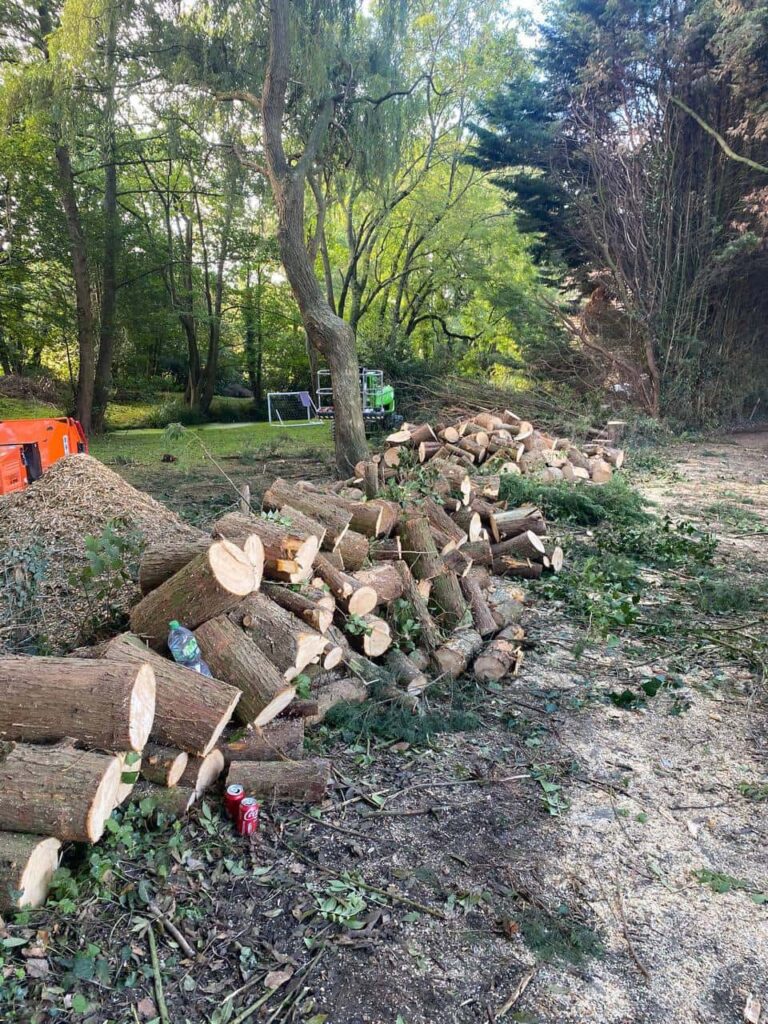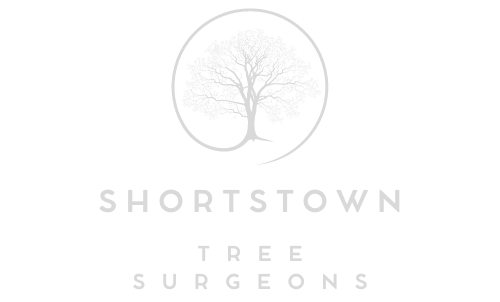Should Young Trees Be Pruned Differently Than Mature Trees?
Pruning is an essential part of tree care, promoting healthy growth, enhancing structure, and ensuring safety. However, the approach to pruning varies significantly between young trees and mature ones. Understanding these differences is key to maintaining the health and longevity of your trees in Shortstown, Bedfordshire.
Pruning Young Trees: Establishing a Strong Foundation
Young trees require careful pruning to set the stage for healthy growth. This process is often referred to as structural or formative pruning.
1. Encouraging Proper Shape
Pruning young trees focuses on encouraging a strong, balanced structure. Removing poorly placed or competing branches helps the tree develop a central leader and evenly spaced branches.
2. Preventing Future Problems
Addressing structural issues early can prevent costly problems later. For instance, removing weak crotches or branches that cross can reduce the risk of breakage as the tree matures.
3. Minimal Pruning
While young trees need shaping, excessive pruning can stress them. Removing no more than 10-15% of the tree’s foliage in a single season ensures that it continues to photosynthesise and grow effectively.
Pruning Mature Trees: Maintenance and Safety
Mature trees require a different approach, with the focus shifting from shaping to maintaining health and safety.
1. Removing Deadwood
Dead, diseased, or damaged branches are removed to prevent decay from spreading and to reduce hazards from falling limbs.
2. Thinning the Canopy
Selective pruning of a mature tree’s canopy improves air circulation and light penetration. This reduces the risk of disease and allows for healthier growth.
3. Preserving Aesthetics and Stability
Pruning mature trees prioritises aesthetics and structural integrity. It’s important to avoid over-pruning, as removing too much foliage can weaken the tree and make it susceptible to pests and disease.
Key Differences Between Pruning Young and Mature Trees
- Objective: Young trees are pruned to establish structure, while mature trees are pruned to maintain health and safety.
- Intensity: Young trees require light pruning to avoid stress, whereas mature trees can handle slightly more intensive pruning if needed.
- Timing: Pruning young trees is most effective in their early growth stages, while mature trees may only need periodic maintenance.
Why Professional Pruning Matters
Improper pruning techniques can harm trees, regardless of their age. Young trees can be stunted by over-pruning, while mature trees can suffer from weakened branches and increased susceptibility to pests or disease. Hiring professional tree surgeons ensures that your trees are pruned correctly and safely.
Conclusion
Pruning young and mature trees requires different approaches to achieve the best results. Young trees benefit from formative pruning to establish strong growth patterns, while mature trees need maintenance to preserve health and safety. If you’re looking to care for your trees in Shortstown, Bedfordshire, Shortstown Tree Surgeons can provide expert pruning tailored to the specific needs of your trees. Contact us today to ensure your trees remain healthy, safe, and beautiful for years to come.
Call us on: 01234 862 087
Click here to find out more about Shortstown Tree Surgeons
Click here to complete our contact form and see how we can help with your trees needs.

